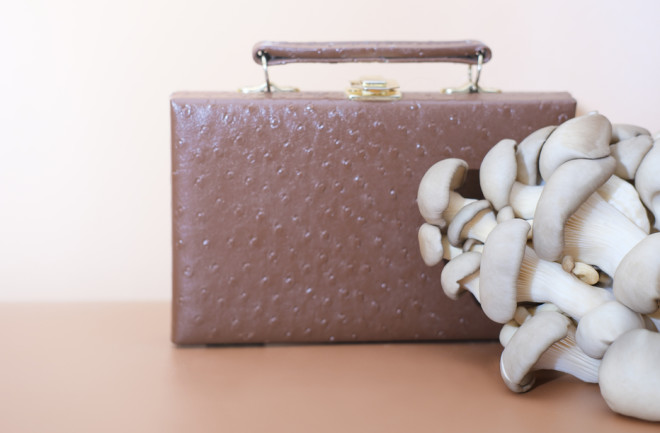It may look and feel like leather, but the material working its way into select handbags, clothes and shoes these days isn’t from animals — it’s from fungus.
Engineers and new brands are looking for more sustainable products that still resemble traditional, livestock-produced counterparts. And when it comes to replacement leathers, versions made of mushroom are leading the way. Start-ups around the world are growing and shaping their version of the flat, flexible fungus mats, and producing better versions all the time. One from the company Bolt Threads has even attracted interest from luxury fashion designers and other high-end labels.

